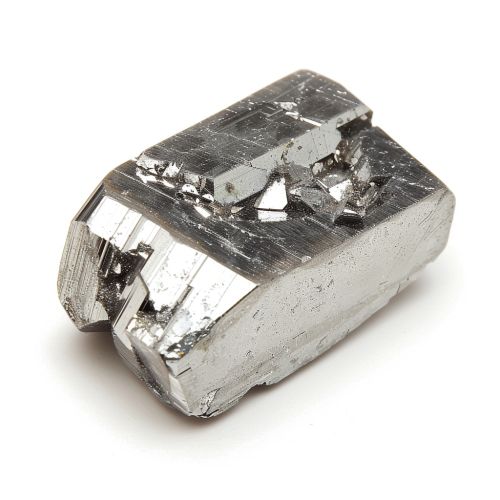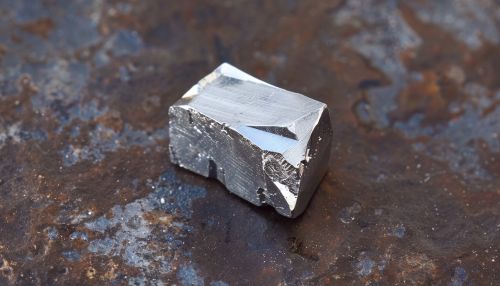Boron
Introduction
Boron is a chemical element with the symbol B and atomic number 5. It is produced entirely by cosmic ray spallation and supernovae, and not by stellar nucleosynthesis. It is a low-abundance element in both the Solar system and the Earth's crust. Boron is concentrated on Earth by the water-solubility of its more common naturally occurring compounds, the borate minerals.


Properties
Boron is a metalloid: it has properties of both metals and non-metals. It is a poor electrical conductor at room temperature, but a good conductor at high temperature. Boron is capable of forming stable covalently bonded molecular networks, making it similar to carbon. It is a very hard and brittle element and can be finely powdered. It is less dense than aluminium, yet has a higher melting point.
Isotopes
There are two isotopes of boron that occur naturally on Earth. These are boron-10 and boron-11, with boron-11 being the more abundant of the two. Both isotopes are stable and make up a significant portion of the elemental abundance in the Earth's crust.
Occurrence
Boron is rare in the universe and solar system due to trace amounts being produced in the Big Bang and in stars. It is formed in minor amounts in cosmic ray spallation nuclear reactions, with the primary source being in supernovae. On Earth, boron is concentrated in borate mineral deposits produced by repeated episodes of evaporation in seasonal lakes.
Uses
Boron finds use in diverse applications such as glass and ceramics, to improve hardness and heat resistance. It is also used in semiconductors as a dopant, in pyrotechnics and flares to produce a distinctive green color, and in rocket igniters. Boron is used in chemistry laboratory applications where its unique properties can be leveraged.
Biological role
Boron is an essential plant nutrient, required primarily for maintaining the integrity of cell walls. However, high soil concentrations of over 1.0 ppm lead to marginal and tip necrosis in leaves and poor overall growth performance. Levels as low as 0.8 ppm produce these same symptoms in plants that are particularly sensitive to boron in the soil. Nearly all plants, even those somewhat tolerant of soil boron, will show at least some symptoms of boron toxicity when soil boron content is greater than 1.8 ppm. When used in moderation, boron can be used as a beneficial additive to soils and plants, as it aids in the transfer of sugars from older leaves to new growth areas.
Health effects
In humans, boron is considered to be possibly essential for our health. Dietary boron influences the activity of many metabolic enzymes, as well as the metabolism of steroid hormones and several micronutrients, including calcium, magnesium, and vitamin D. Excessive consumption of boron (above the daily intake of 20 mg/day for adults) can be harmful and potentially lead to boron toxicity.
